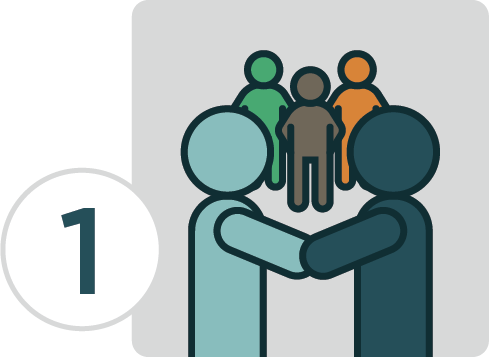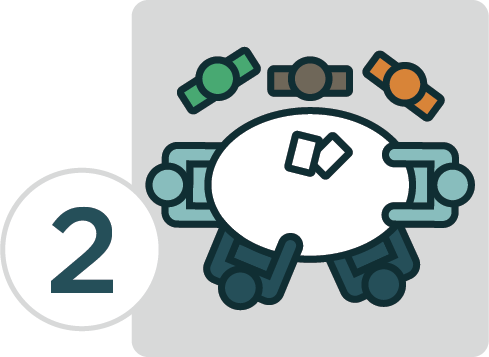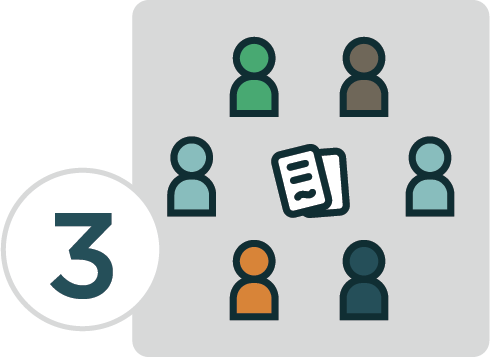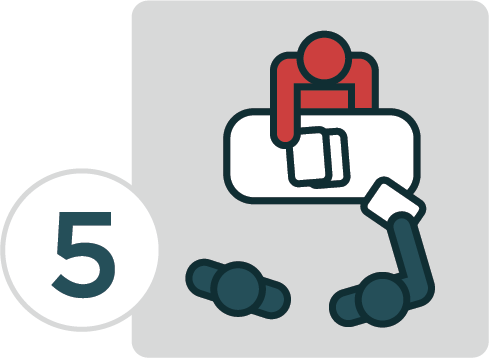415 N. Second Street, Saint Charles, MO
230 S. Bemiston Avenue, Suite 405, St. Louis, MO
Collaborative Divorce is a major shift in the approach to divorce and other family law disputes. It is a legal process enabling couples who have decided to separate or end their marriage to work with collaboratively trained lawyers, coaches and financial professionals in order to reach a settlement that best meets the specific needs of both parties and their children without the underlying threat of litigation. Reaching a resolution through the collaborative divorce process allows the parties to avoid the uncertainties involved in the outcome of litigation.
The collaborative divorce process is based on the concept that a couple can work together from the very beginning of the case in a respectful, non-adversarial way to end their marriage. It provides an emotionally safe, non-adversarial process which permits divorcing spouses to have open and direct conversations with each other so that they may make decisions in their divorce with a focus on what is truly important for themselves and their children. The process is controlled by the parties and the professional team using a timetable that best suits the parties and not one established by the court.
In a collaborative divorce, each party retains his or her own trained collaborative lawyer to advise and assist in negotiating an agreement on all issues. All negotiations take place in “four-way” settlement meetings that include both spouses, both lawyers, and other professionals who are part of the collaborative team. The parties commit to resolve their case through the collaborative divorce process.
Collaborative Divorce Process Roadmap
Confirm this process is right for you and your spouse. Work with your attorney to select a collaborative team (attorneys, financial neutral, mental health coach(es), and possibly a child specialist).
Have a series of meetings, as a team and individually with certain professionals to gather information, work through issues, generate options, and reach agreements.
Clients sign the settlement documents and one party has to file the initial documents to start the divorce process with the court.
Approximately 31 days after the initial documents are filed with the court, the settlement documents are submitted for the Judge's signature the divorce is entered.
The goals of collaborative divorce include emphasizing the needs of children, allowing the spouses more control over the process, and maintaining a respectful relationship for the future. The process is designed to consider the interests of each party and their children, to avoid the emotional stress and anxiety associated with litigation, and to ensure that issues such as custody, visitation, child support, spousal support, and division of property are resolved fairly.
The collaborative divorce process can also be used to facilitate a range of other family issues, including disputes between parents after the divorce and in premarital and post-marital contracts.
Attorneys at The Center for Family Law have not only received extensive training in the collaborative divorce process, but are also founding members of the St. Louis Collaborative Family Law Association and are recognized leaders in collaborative practice in St. Louis. For more information about the collaborative process, here is a link to the St. Louis Collaborative Family Law Association and here is a link to the International Academy of Collaborative Professionals.
Want more information?

The Center for Family Law





